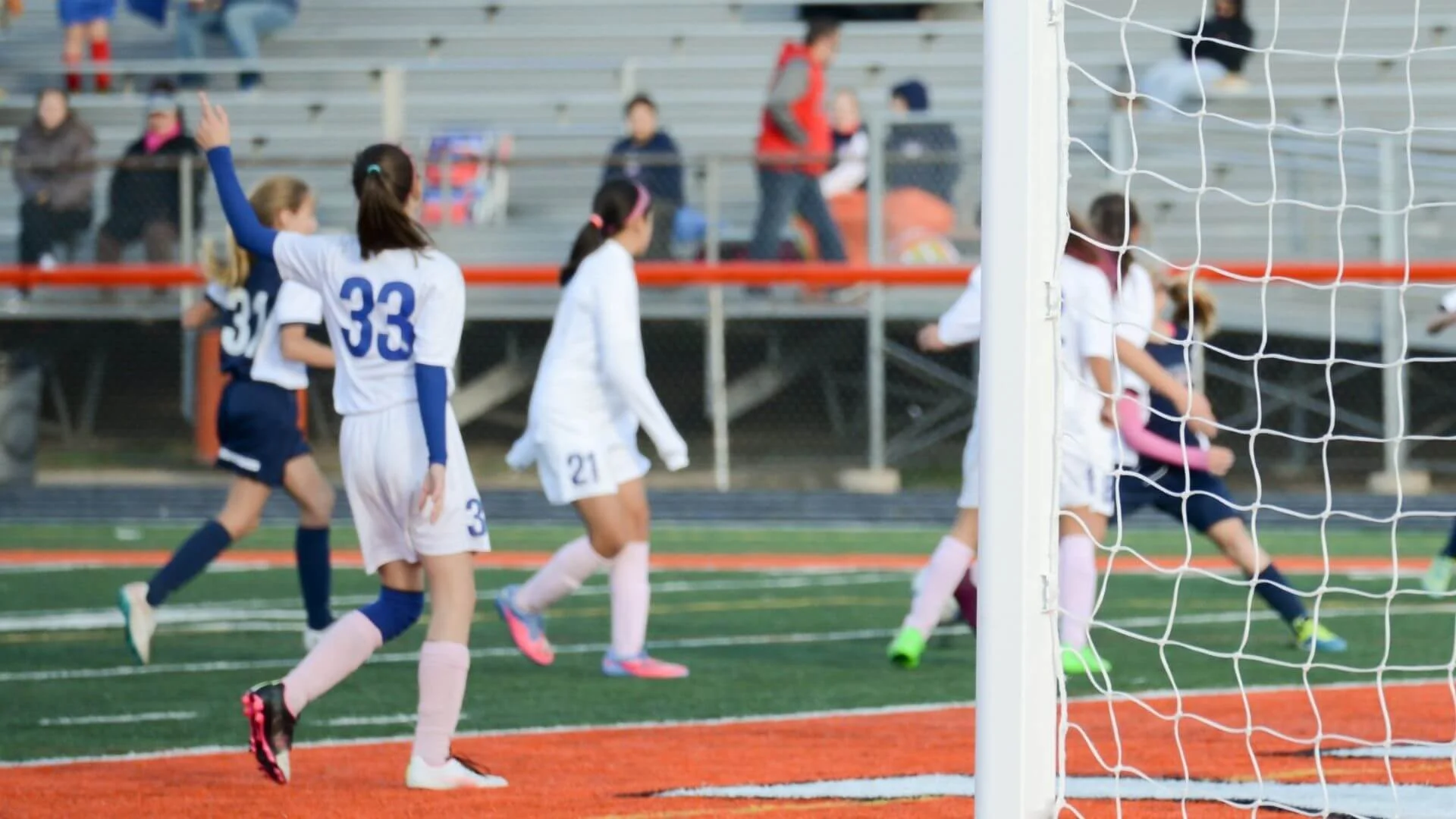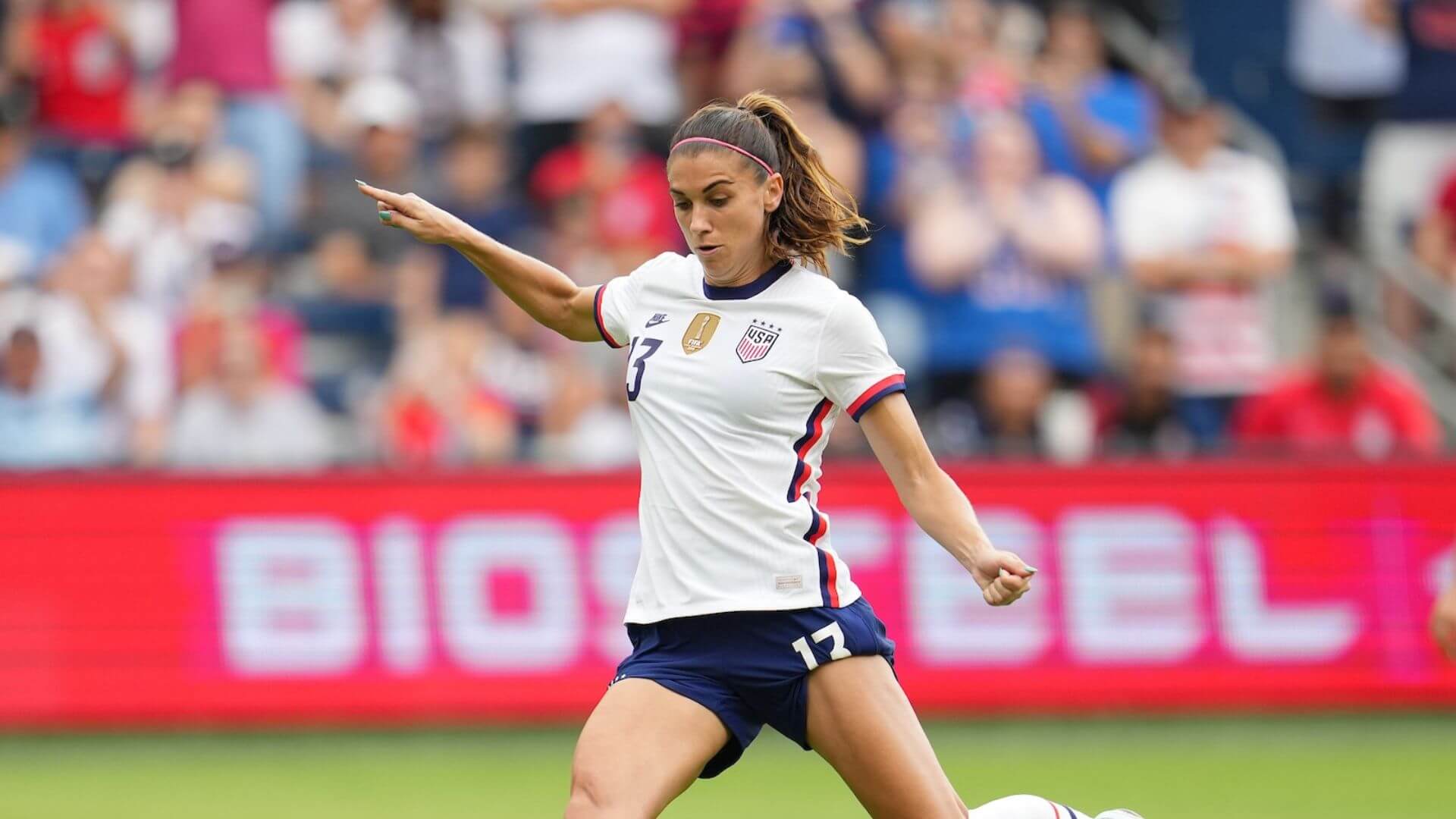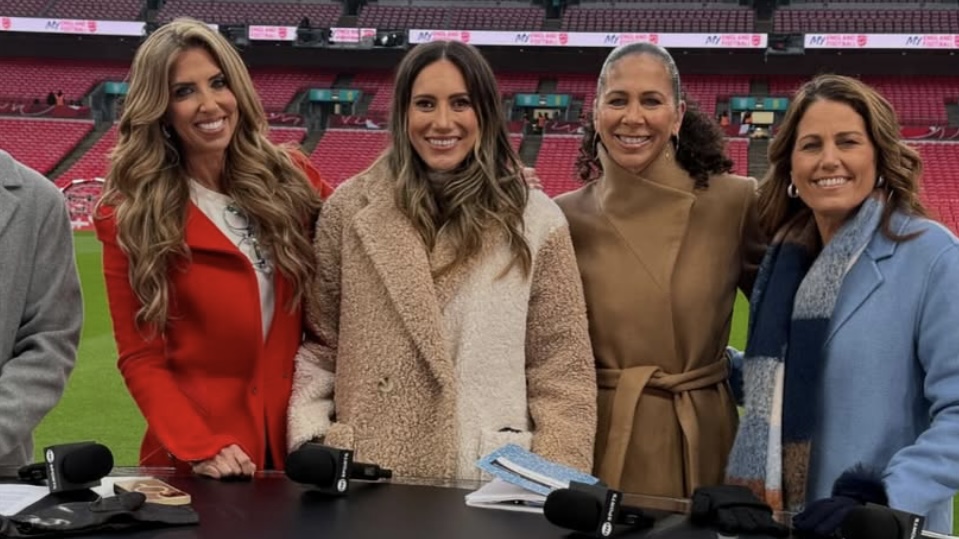Home » Blog » Lifestyle » Advice & Opinion » The Objectification of Female Athletes by the Media
The Objectification of Female Athletes by the Media
According to a study conducted by the University of Minnesota’s Tucker Center for Research on Girls & Women in Sport, 40 percent of all sports participants are female. Yet and still, women’s sports receive only 4 percent of all sports media coverage. You read that right: A mere 4 percent.
Despite the growing level of participation by female athletes in all levels of sports, two in five girls play sports and 45 percent of participants in the 2016 Olympics were women, media coverage of women’s sports continues to remain inferior to male sports in almost every aspect. This includes column inches, running time, personal quotes, placement of articles (presence, size, length), placement of photos and size of headline. In addition, female athletes are much more likely than male athletes to be portrayed in sexually provocative poses.
So why do women continue to face biased representation in the media, even though the popularity, participation and revenue of women’s sports continue to grow?
Dr. Cynthia Frisby, an associate professor of strategic communications at the University of Missouri, conducted research to look into the racist and sexist microaggressions against female athletes. Frisby broke up microaggressions into seven categories: sexual objectification; second-class citizen; restrictive gender roles; sexist/racist jokes; focus on traditional female appearance; focus on physical body and shape; and use of racial insults and slurs.
“The number of microaggressions against female athletes in the media increased by a staggering 40 percent between the 2012 Summer Olympic Games and the 2016 Summer Olympic Games,” Frisby wrote in her case studies.
“Coverage of female athletes focused on policing behaviors acceptable for the female gender and whether or not women were adhering to these expectations.”
Moreover, her studies found that female athletes of color were subjected to more microaggressions than white female athletes.
“In many cases, these hidden and subtle microaggression messages not only demean the accomplishments of female athletes, they seem to communicate the idea that these women do not deserve to have news stories that are similar or even better than the stories written about male athletes,” Frisby wrote.
No one can deny the amount of progress in women’s sports. Before Title IX passed, women comprised 2 percent of college athletes and 7 percent of high school athletes. Today, women make up 43 percent of the college students participating in sports and 41.5 percent of students participating in high school sports. That is a gain of more than 400 percent. However, the sports media still has a long way to go in order to fairly cover the achievements of female athletes.
“It’s hard for female athletes to break through these barriers,” Frisby added.
A recent example of this media bias came when tennis Australian commentator Ian Cohen asked Canadian tennis star Eugenie Bouchard to twirl and show off her outfit. Bouchard was not walking a runway or a red carpet at the time of Cohen’s request. Instead, she had just finished dominating her opponent in the 2015 Australian Open. In a press conference, Bouchard later stated that she is fine being asked to twirl if they (the news media) ask guys to flex their muscles.
Unfortunately, the instance with Bouchard is not a rare occurrence. Oftentimes in media interviews, female athletes are asked about non-sports related topics, like who they are dating, what they are wearing or about their personal lives. In headlines, the focus for women’s sports is often on physical attractiveness. Even sports news commentators make female athlete’s appearances a focus. There was a recent debate on Fox News about whether female Olympic athletes should wear makeup.
Female athletes are subject to critiques and criticisms of their appearance, and more often than not words like “sexy” are attached to women in sports instead of “strong” or “fit.” Tennis player Maria Sharapova is a prime example of a player who receives more media attention for her looks rather than her athletic ability. Research has shown that commentators rarely report on Sharapova without also commenting on her appearance.
This emphasis on a female athlete’s appearance even extends to social media. In both the 2012 and 2016 Olympic Games, Gabby Douglas was subject to heavy criticism of her hair on social media. Critics took to Twitter to weigh in on Gabby’s hair, which she wore in a pulled-back bun, complaining that it should have been styled better.
While the media’s gender bias toward female athletes might seem like a cultural norm to some, the depiction of female athletes in the media was enough to spark a need to do something in Naomi Lang, a 22-year-old native of Melbourne, Australia, and member of the Radcliffe lightweight crew team at Harvard. In 2016, Lang created the Female Athlete Network (FAN) specifically to combat widespread sexism in sports coverage. Her mission is to highlight real women from professional to amateur sports and share their passion for sports, along with a powerful image to match.
She’s since launched a blog, an Instagram account and Facebook page. All FAN entries showcase the strength and resolve of women in sports, which includes college athletes, older women who compete and trans-female athletes.
View this post on InstagramA post shared by Female Athletes of Boston (@femaleathletesofboston) on
View this post on InstagramA post shared by Female Athletes of Boston (@femaleathletesofboston) on
The work that Lang is doing through FAN, the accomplishments women continue to make in all realms of sports and the changes in pay for professional female athletes are all signs that the tide of gender bias is changing. Yet, there is still much work to be done to get female athletes the proper treatment they deserve across all media.
Check out this video of male athletes being asked similar questions as their female counterparts. It is sure to make raise some questions and, if anything, give you a good laugh. When it comes to women in sports. it’s about time news media makes an effort to #covertheathlete and not their appearance, their weight, who they are dating or what they are wearing.









